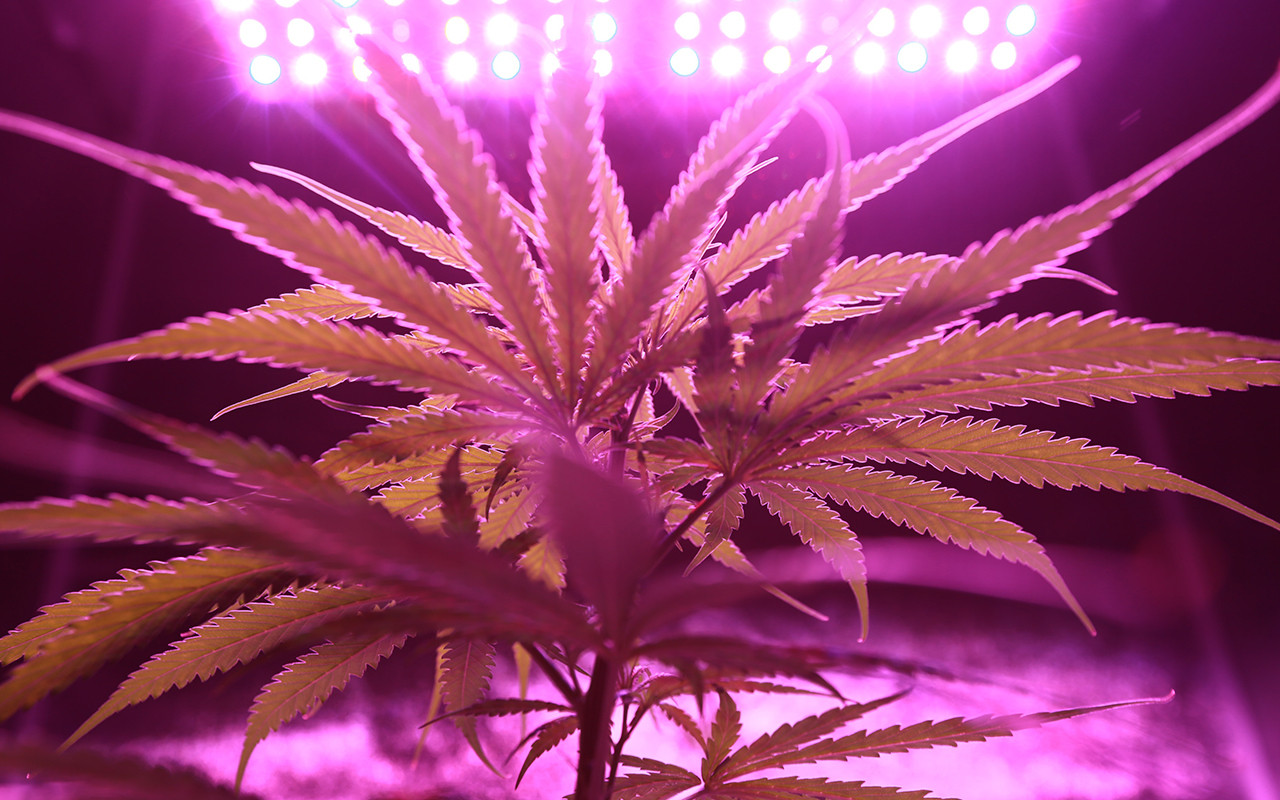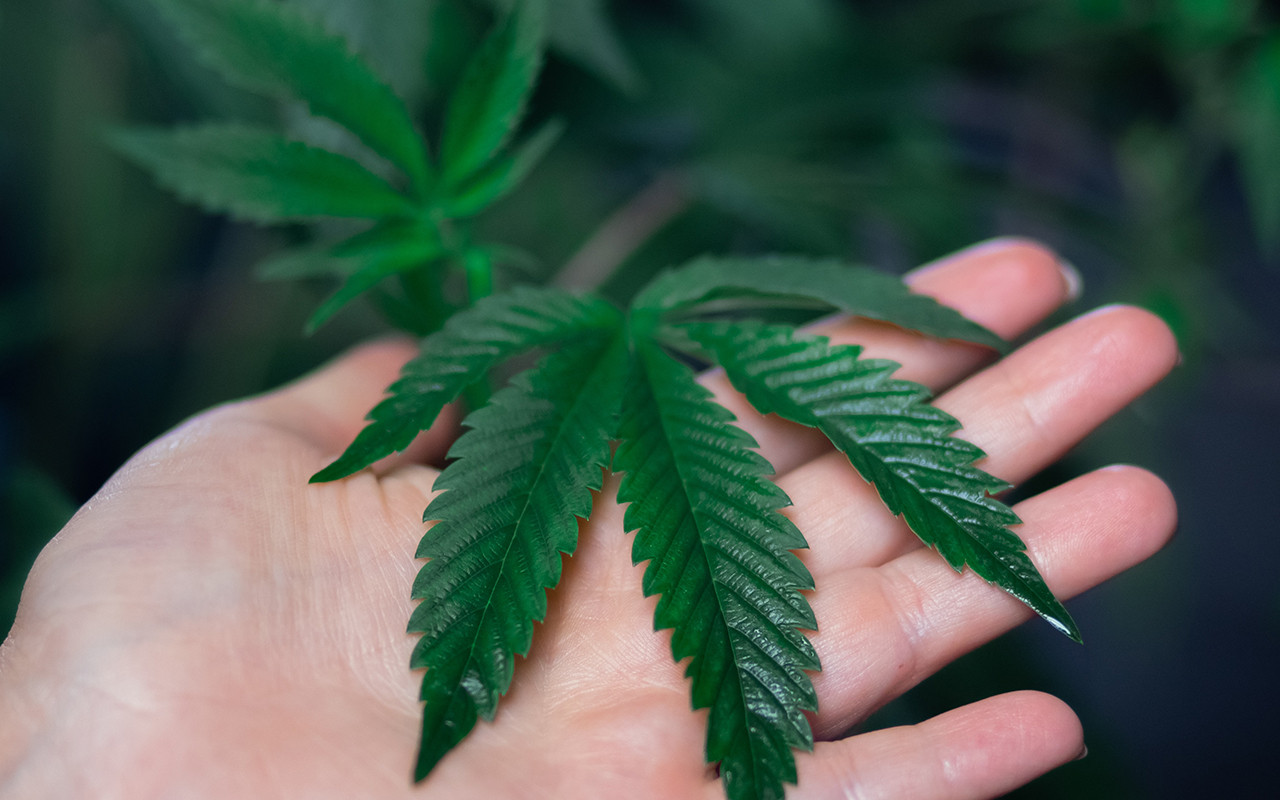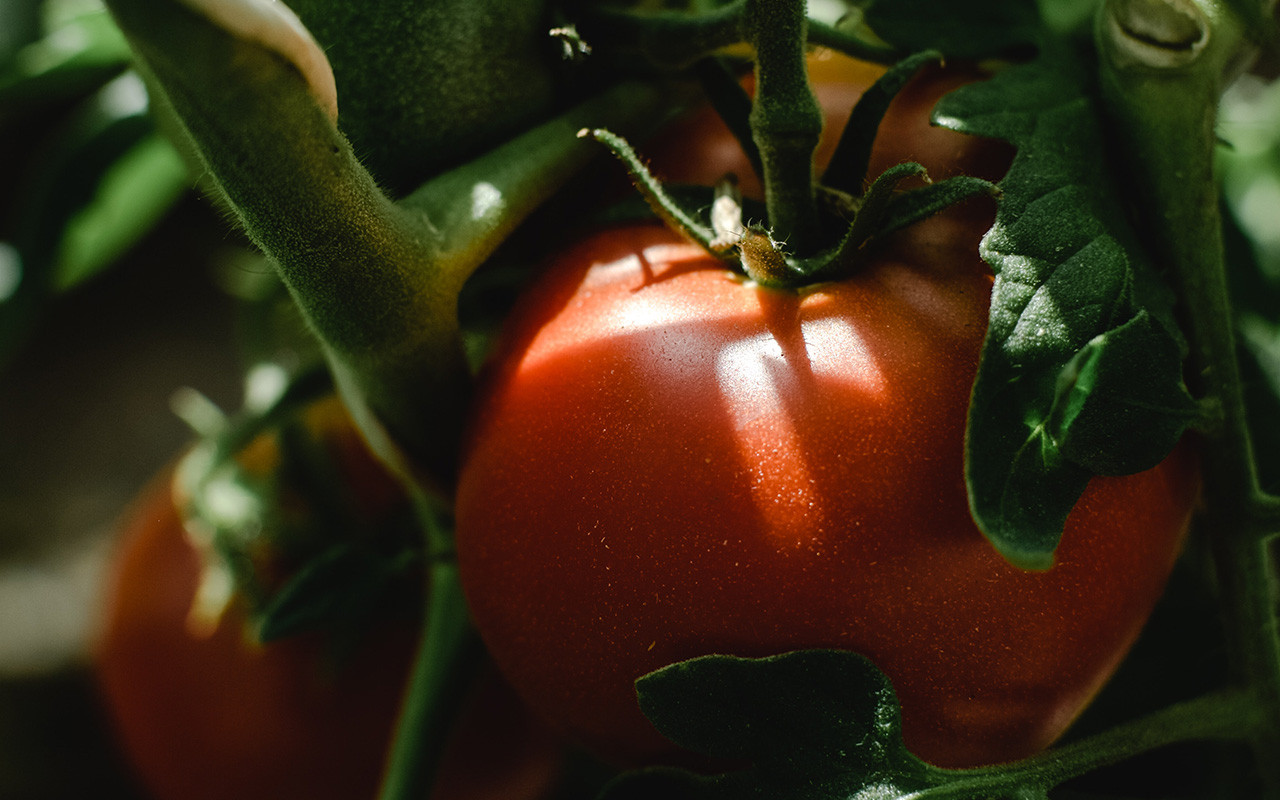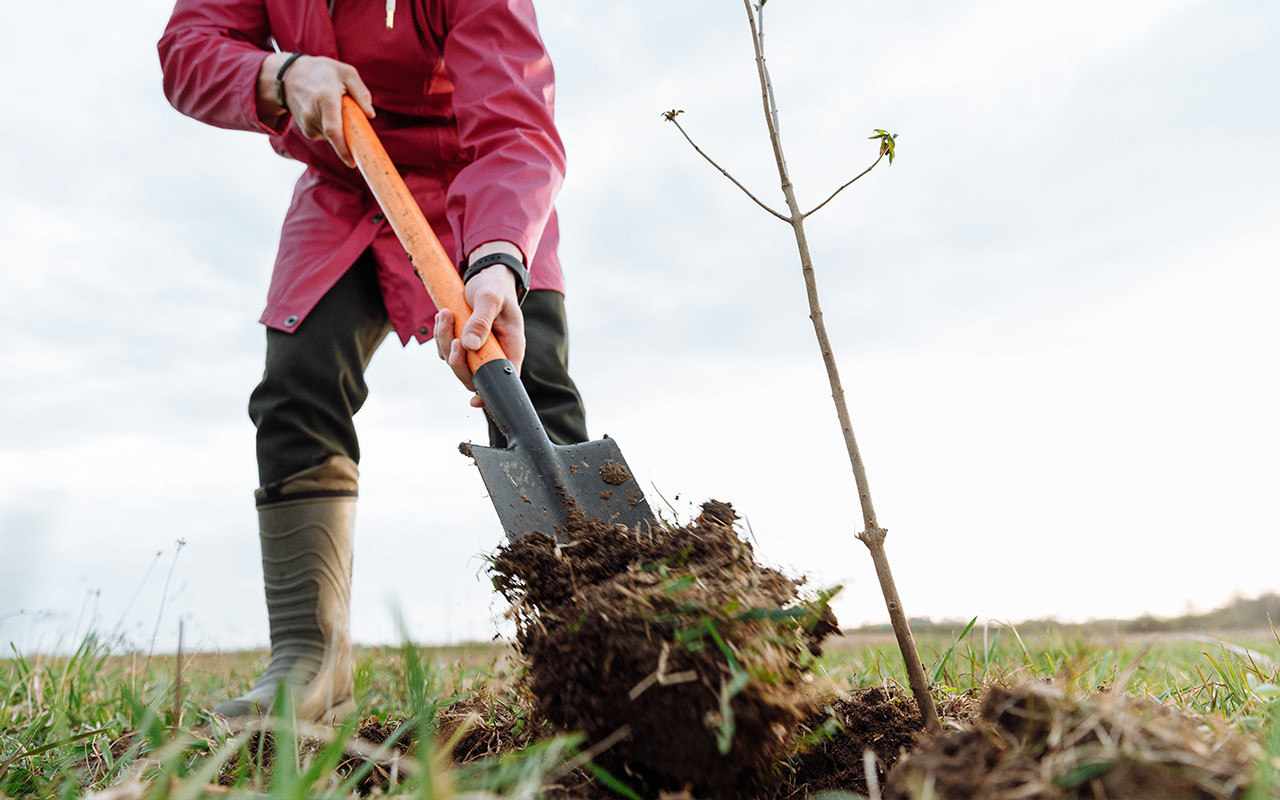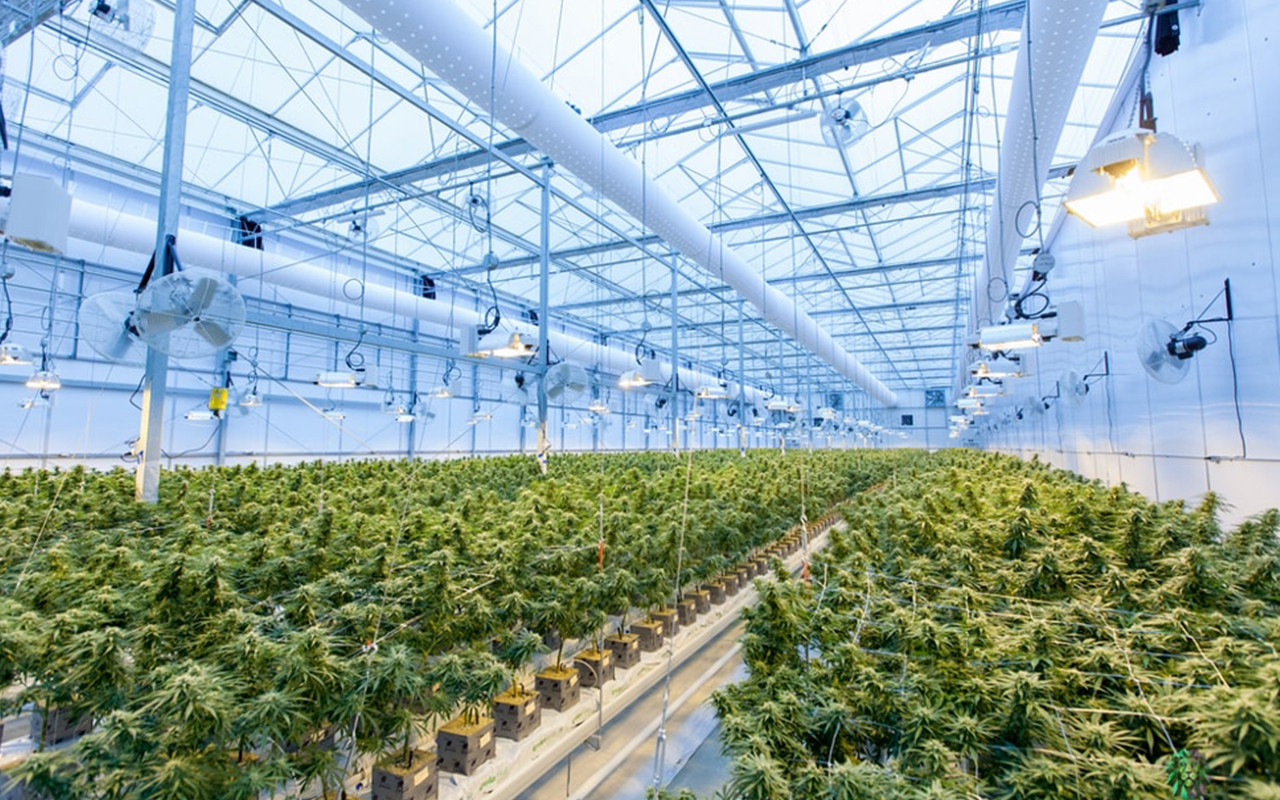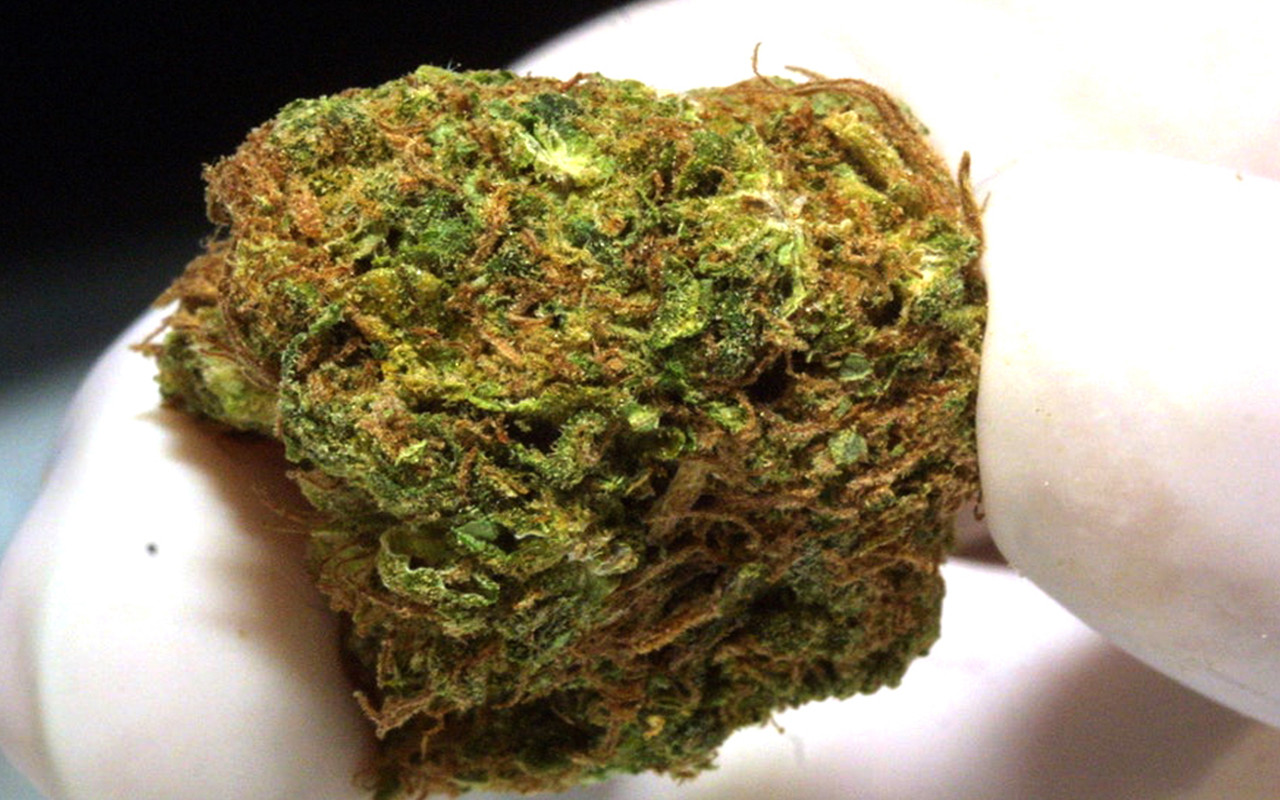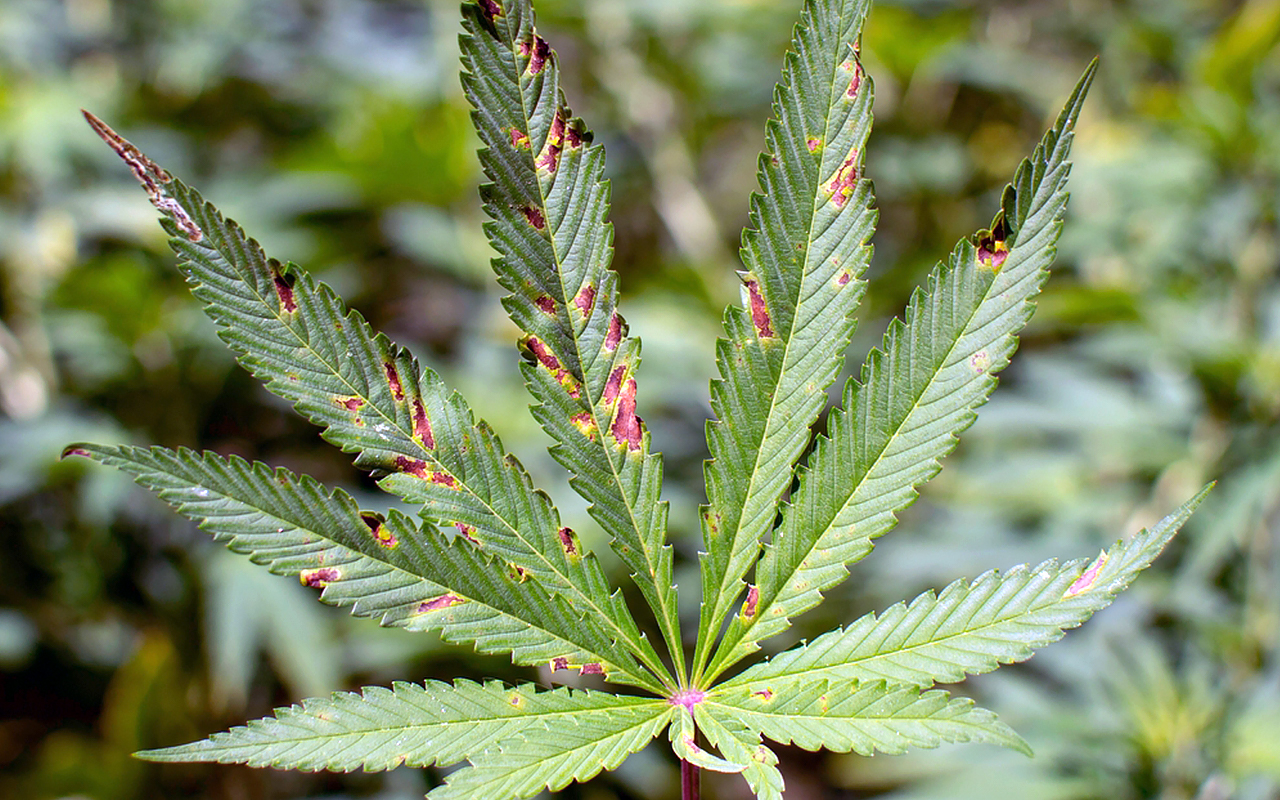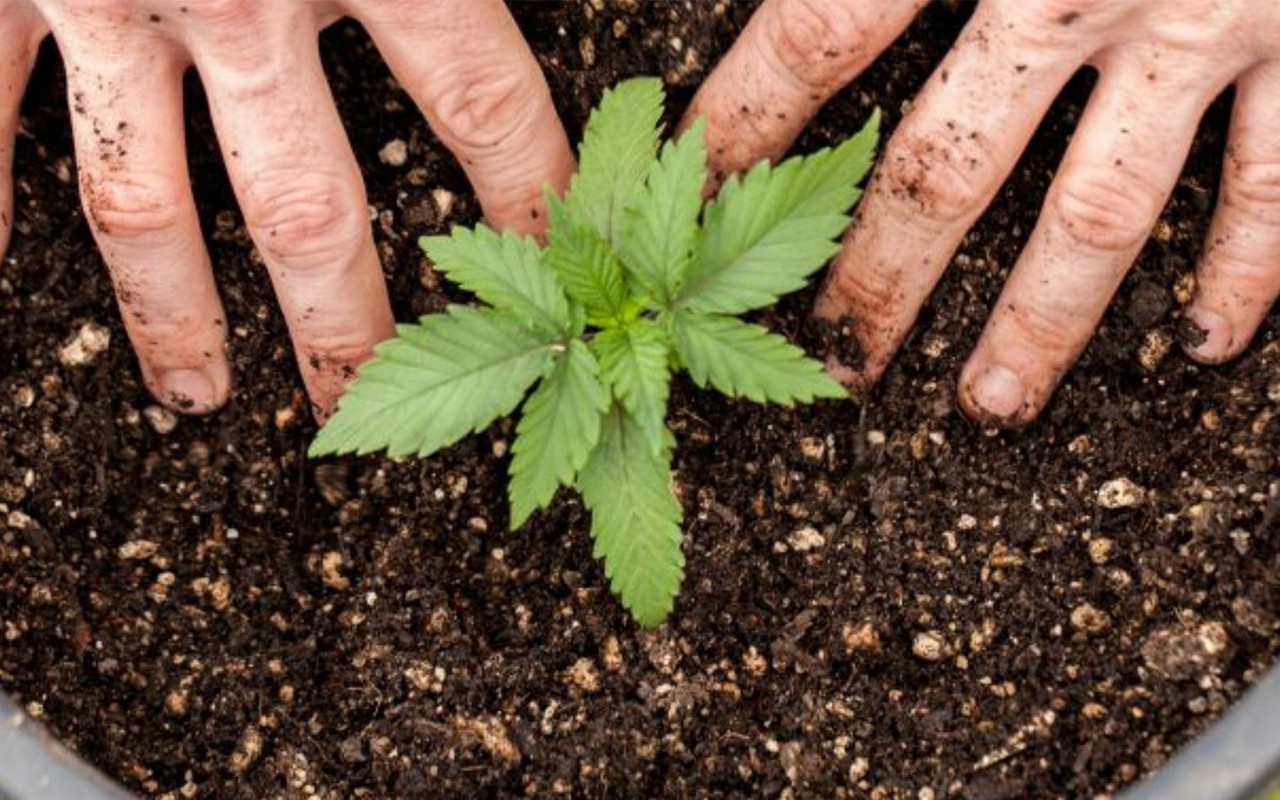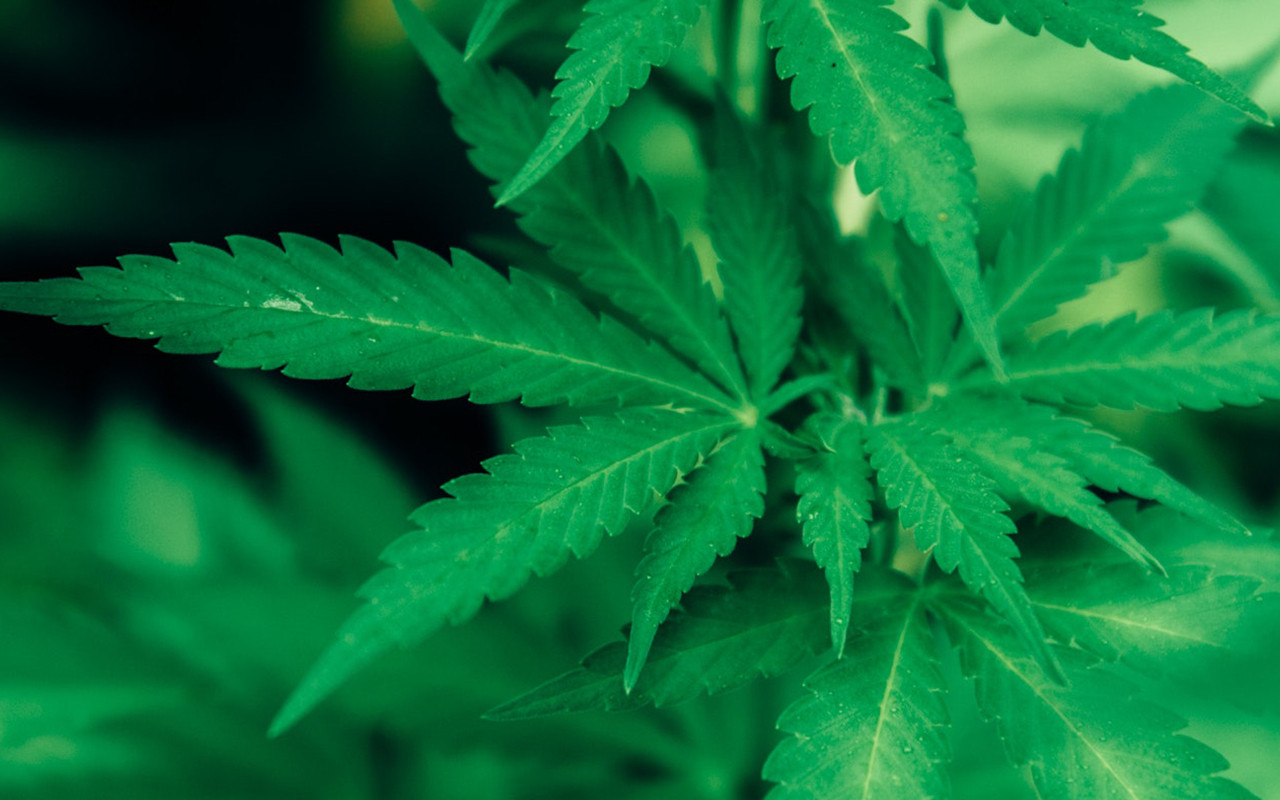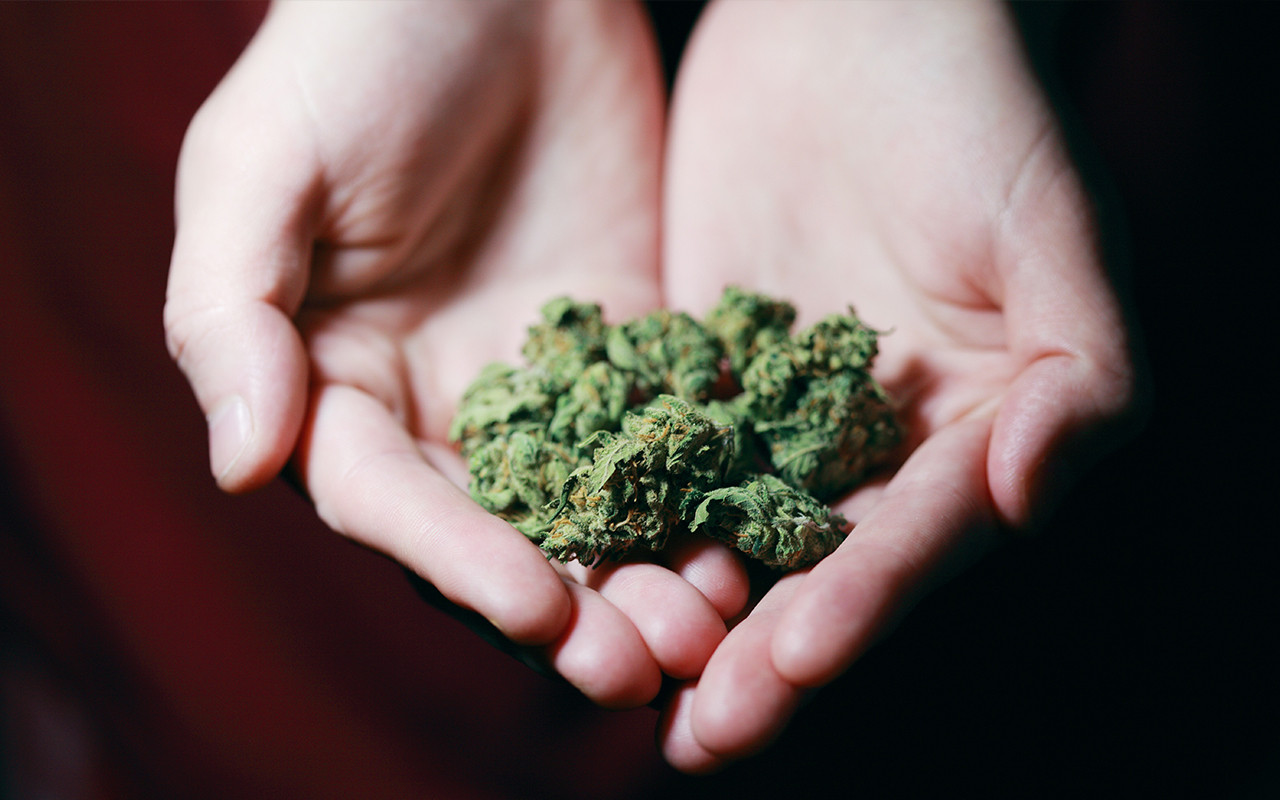You won’t ever find the same soil conditions everywhere. If you opt for hydroponics or aquaponics, you’ll still need to regulate the water environment for healthy crop growth. Hence, some form of fertilization is always a requirement when it comes to dispersing essential nutrients in your medium of choice. Many have debated the use of mineral and organic fertilizers for cannabis cultivation, pointing out which one is better. But it’s not that simple. One must consider other factors as well before making a choice.
Here, we revisit the classic mineral vs organic fertilizer debate, pointing out the factors you’ll need to consider that’ll help you gain the optimal yield for your cannabis crop.
For a long time, hemp was regarded as a premier cash crop. However, in 1937 the Marijuana Tax act served to destroy the established hemp industry. This was all due to a misunderstanding as policymakers had not fully realized how this plant doesn’t compare with its close neighbor, Cannabis Sativa. Let us consider the reasons to grow hemp in this day and age and how it may benefit farmers.
If you’re a hobbyist cannabis grower or are just starting out, then you must be on the lookout for ways that improve the growing process such that it leads to higher yields. In any case, you’ll require some essential tools to aid in the process that help monitor and manage your crop. Here are some tools for cannabis growers that you must invest in beforehand.
It is highly unlikely that you’ll meet someone in your surroundings that exhibits nutrient deficiencies. They’ve become a thing of the past as nutritional science gave us a better understanding of our bodies. Similarly, plants also experience nutrient deficiencies that can lead to undesirable effects, and in severe cases, may even threaten your whole cannabis crop. Here are some signs to look out for and how to combat them.
As regulations on cannabis start to loosen, its popular associate, hemp, is also seeing levied restrictions. However, hemp should’ve never had to endure such restrictions in the first place and was wrongfully punished on account of the THC it contains.
It doesn’t exhibit as significant psychoactive effects as cannabis sativa when smoked, but that doesn’t mean it isn’t useful. Hemp is used as a raw material for various commercial and industrial products, including rope, clothing, food, bioplastics, and biofuel. As a result, farmers are now jumping on the bandwagon, given the lucrative opportunity it presents.
However, before you get into growing hemp as a viable business opportunity, here is what to look out for when growing hemp.
Now that cannabis is getting widespread recognition as a wonder plant, you don’t want to miss out on the action. Its health benefits are more than enough for anyone to consider growing it at home; however, the rising costs of cannabis and your own requirements are a significant factor as well. You may want to benefit from its CBD content, enabling you to control your anxiety and stress. Alternatively, you may be looking for THC to relieve chronic pain and other mental impairments. Whatever your reason for growing cannabis at home, you need to think of all the necessary requirements for a successful harvest. If you’re considering it, let’s take a look at what you’ll have to look out for when growing cannabis.







